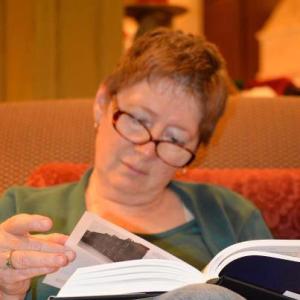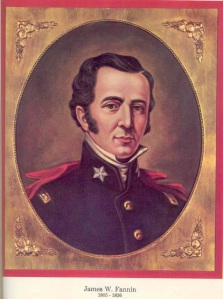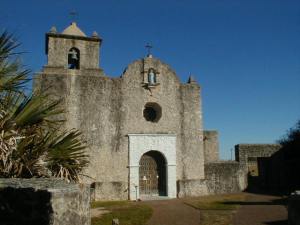by Julia Robb

Critics blast Texas for rebelling against Mexico in 1835.
Oh, the poor Mexicans! The Texans stole their land!
They don’t know what they’re talking about.
The Mexican government invited Anglo-Americans to settle in Mexico to help develop Mexico economically.
Mexican officials also wanted settlers as a living shield between the northern Mexican states and the Comanche and Kiowa nations.
For one hundred years, the tribes had burned Mexican villages, killed the men and kidnapped the women and children. The Indians had almost depopulated Northern Mexico.
Mexican troops were not effective against the tribes.
Secondly, Texans revolted against Mexico because they were invited to settle in Texas under the democratic Mexican constitution of 1824, and that constitution was replaced by a dictatorial system.
The Constitution of 1824 created an American-style federalist government with individual states rights, a president and vice-president (with four-year term limits), a Congress, a court system and freedom of the press.
The Constitution of 1835 replaced all that with a “centralized” authority.
In other words, Mexico’s current dictatorship would make the laws.
Several Mexican states eventually rebelled against the new constitution, including Texas.
In 1823, the Mexican government gave Texas a seven-year tariff exemption (meaning no taxes on trade), to encourage settlement.
Mexico would not extend the exemption.
The American Revolution began over similar issues.
Texans held Constitutional conventions in 1832 and 1833, at which the delegates asked Mexico to separate Texas and the Mexican state of Coahuila, among other reforms.
Reforms were not made. The two states were not separated.
Like all revolutions, the conflict built up over time, from little clashes into a shooting war.
When Stephen F. Austin–who founded Texas by recruiting settlers–journeyed to Mexico City to present some of the reform petitions to the government, he was arrested and jailed for almost four years.
The Mexican government did not charge Austin with a crime.
And Santa Anna, by now dictator, decided to send soldiers to serve at previously abandoned Texas military forts.
The first shot was fired when the Mexican military commander in San Antonio demanded the Texans return a cannon the Mexican government had given them in 1831.
The cannon was meant to help Texans fight the tribes.
The Texans refused to return the six-pounder, telling the Mexicans to “Come and Take it.” Texas ladies later made a flag sporting that motto.
Giving a blow-by-blow account of the Texas revolution would take a book, rather than a blog, so I will just tell you this.
The Mexicans slaughtered many a prisoner, including about 400 held at La Bahía mission, near Goliad.
Many of the men were prisoners taken at the Battle of Coleto Creek.
The Mexican commander promised Col. James Fannin if he and his men surrendered, they would be treated as prisoners of war.
But when Santa Anna learned Fannin had surrendered, he ordered the prisoners killed.
On Palm Sunday, 1836, Mexican soldiers told the prisoners they were being taken to chop wood, or travel to another place; various stories.
At sunrise, once the prisoners were outside the mission, the soldiers shot or knifed every prisoner. They also shot the wounded prisoners inside the mission.
When the Mexicans told Fannin he was going to be executed, Fannin asked them to send his personal possessions to his family, to be shot in the heart and not the face, and to be given a Christian burial.
The soldiers took his belongings, shot him in the face, and burned his body.
Refusing to give quarter also resulted in the Alamo massacre.
The Goliad prisoners and the men at the Alamo did not die for nothing.
When the revolution began, Texans were divided and the Texas Army was miniscule.
The slaughter at Goliad and the fall of the Alamo united Texas.
When the Texans attacked Santa Anna’s army at San Jacinto, on April 21, 1836, they were yelling “Remember Goliad, Remember the Alamo.”
A final few thoughts.
We’ve seen how Mexico’s change of constitution worked out.
It hasn’t been pretty.
Thank God Texas is not part of Mexico.
Also, it’s important for all Texans to remember many Hispanic Texans fought with Anglo Texans against Mexico and some of them were killed at the Alamo.
God bless us all.
Julia Robb is the author of Scalp Mountain and Saint of the Burning Heart, ebooks for sale at amazon.com. She can be reached at juliarobb.com, juliarobbmar@aol.com, venturegalleries.com, goodreads, pinterest, twitter, Facebook, iamatexan.com and amazon author pages.
Click here to support Julia’s work by purchasing one of her great historical novels!
————————————–

